Reasons Why DIY Pest Control Methods Fail
Many homeowners turn to do-it-yourself pest control options in hopes of saving money and avoiding the hassle of scheduling professional services. With an abundance of over-the-counter sprays, traps, and online tips available, it’s easy to believe that handling an infestation on your own is a quick fix. However, pest control companies continue to thrive for a reason: most DIY methods don’t deliver the long-term results people expect.
In this article, we’ll explore the most common reasons why DIY pest control methods fail and explain why relying solely on home remedies or store-bought treatments can actually cost more time, money, and peace of mind. While these options may seem like an easy fix, they often lack the precision and effectiveness needed to deal with complex or hidden infestations.
Identification Challenges
One of the most frequent problems with DIY pest control is the failure to correctly identify the pest in question. All pests are not the same—what works for ants may not work for termites, and treating a harmless insect as if it were a dangerous infestation can waste valuable resources. Misidentifying the pest leads to applying the wrong products, at the wrong time, and in the wrong places.
Professionals are trained to know the signs and behavior of a wide range of pests. They can distinguish between species that look similar but require entirely different treatments. For example, confusing carpenter ants with termites could mean ignoring the source of serious structural damage. Without accurate identification, any treatment becomes guesswork, leaving the root of the problem intact.
Chemical Misuse
Another major issue with DIY pest control is the improper use of pesticides and other chemical solutions. Store-bought pest control products can be hazardous if not handled correctly. Many people apply too much of these chemicals, believing that more product means better results. In reality, this can create dangerous exposure risks for household members and pets while also contributing to pesticide resistance among pests.
Pest control companies are trained in the safe application of chemicals. They understand which products are approved for specific uses, how to apply them effectively, and how to limit exposure. They also use professional-grade treatments that are more targeted and require less frequent use, reducing the health risks associated with misuse.
Result Length
DIY methods often produce temporary, surface-level results that don’t address the actual source of the infestation. It’s common for people to kill visible pests, such as roaches, ants, or spiders, only to find them reappearing days later. That’s because most pests live in hidden nests, walls, or underground, and many DIY treatments fail to reach those areas.
Pest control companies approach treatment differently. Instead of focusing solely on the visible pests, professionals target the full pest lifecycle, including eggs, larvae, and breeding areas. They use tools and techniques designed to penetrate deep into the structure of the home, ensuring the problem is addressed at its source. This approach leads to longer-lasting results and reduces the likelihood of repeat infestations.
Infestation Severity
Pest infestations are often more severe than they appear on the surface. A few rodent droppings in the garage or some ants in the kitchen can be indicators of a much larger problem. Without the proper tools or experience, homeowners tend to treat the symptoms rather than the full extent of the issue. What seems like a minor nuisance could be evidence of an infestation that’s already spread behind walls, under flooring, or throughout insulation.
Professional pest control companies conduct thorough inspections that go beyond what the eye can see. They can assess how far the infestation has spread. By using specialized tools and techniques, they detect hidden nests and entry points that often go unnoticed by homeowners. This allows them to tailor a treatment plan that addresses every affected area, not just the ones that are immediately visible.
Treatment Delays
Many DIY pest control efforts involve a lot of trial and error, which delays effective treatment. In the time it takes to test multiple sprays, baits, or traps, the pest population may continue to grow or even adapt to the products being used. This lag in treatment gives pests the upper hand and can make the situation worse. In some cases, the delay can allow pests to spread into new areas of the home, compounding the problem and making future treatment more complicated and costly.
According to Pest Control Technology, a large majority, 84% of people, agree that hiring a pest professional ultimately saves them time. Instead of spending weeks trying to manage a growing infestation, professionals can often resolve the issue quickly and efficiently. Early intervention is critical with pests like termites, bed bugs, and rodents, where delays can lead to thousands of dollars in damage.
Prevention Gaps
Many homeowners overlook the importance of prevention when using DIY pest control. They may treat a current infestation but fail to take the steps necessary to stop it from coming back. This includes sealing entry points, fixing moisture issues, and removing attractants like food waste or standing water. Without these ongoing preventive measures, pests can easily find their way back inside, leading to recurring problems that DIY treatments alone cannot solve.
Pest control companies incorporate prevention into their treatment plans. After addressing the immediate issue, they help homeowners implement strategies that discourage future infestations. This may include structural recommendations, seasonal monitoring, and adjustments to landscaping or ventilation. Prevention is a key part of long-term pest control success, and it’s something DIY methods rarely do well.
Safety Risks
When used improperly, pest control treatments can cause harm to people, pets, and property. Traps left in reach of children, sprays used near food preparation areas, or repellents applied to delicate surfaces can all pose safety and health hazards. The lack of proper labeling or misunderstanding of product instructions makes accidents more likely in a DIY setting.
Pest control companies prioritize safety in every treatment. They know how to choose products that are both effective and appropriate for specific environments. Many also offer eco-friendly and pet-safe options that still deliver strong results. By hiring a professional, homeowners minimize the risk of unintended damage or harm.
Financial Costs
Although DIY methods may seem more affordable upfront, they often result in higher long-term costs. Repeated trips to the store for new products, ineffective treatments that require reapplication, and damages caused by pests that go untreated for too long can all add up quickly.
In contrast, hiring pest control companies can actually be a cost-effective decision when considering the potential savings. Professionals eliminate the problem more efficiently, prevent costly structural damage, and reduce the need for constant treatment. When factoring in time, energy, and results, professional pest control often proves to be the smarter financial choice.
While it’s tempting to tackle pest problems with DIY solutions, the truth is that most home remedies and store-bought products fall short of delivering effective, lasting results. Between the risks of misidentifying, improper treatment, and overlooked prevention, these methods often lead to frustration and wasted time. For those seeking thorough, safe, and long-term solutions, pest control companies offer a level of precision and reliability that DIY efforts rarely achieve.
Don't wait for a minor pest issue to become a major infestation. Contact JD Smith Termite & Pest Control today to schedule a professional inspection and get a treatment plan tailored to your needs. Let us do the work so you can focus on what matters most.
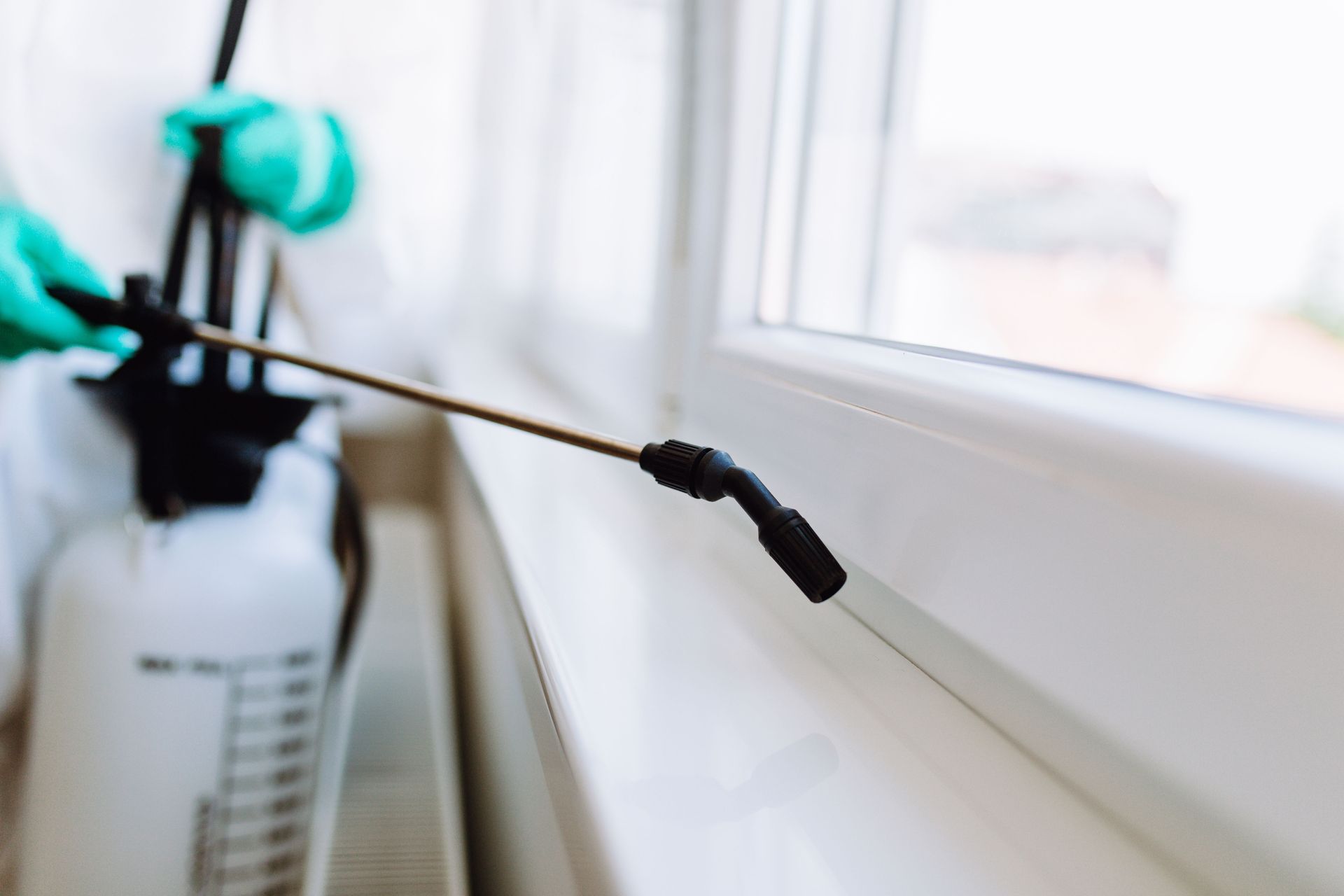
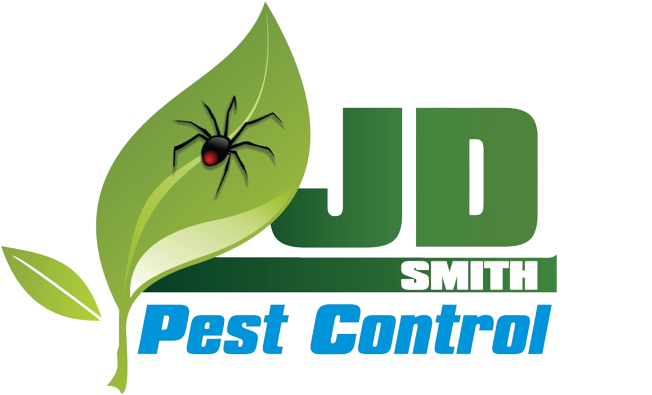
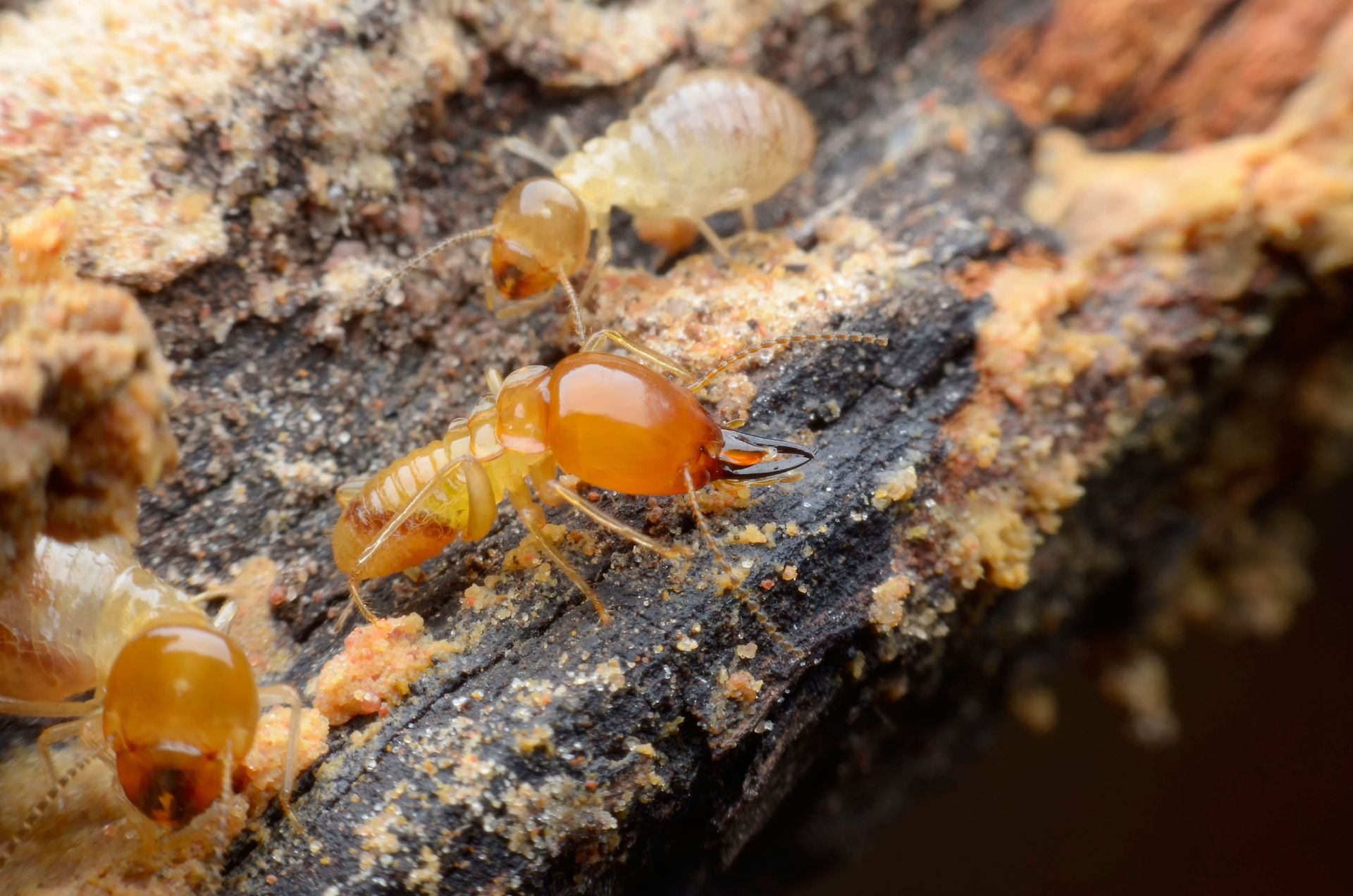
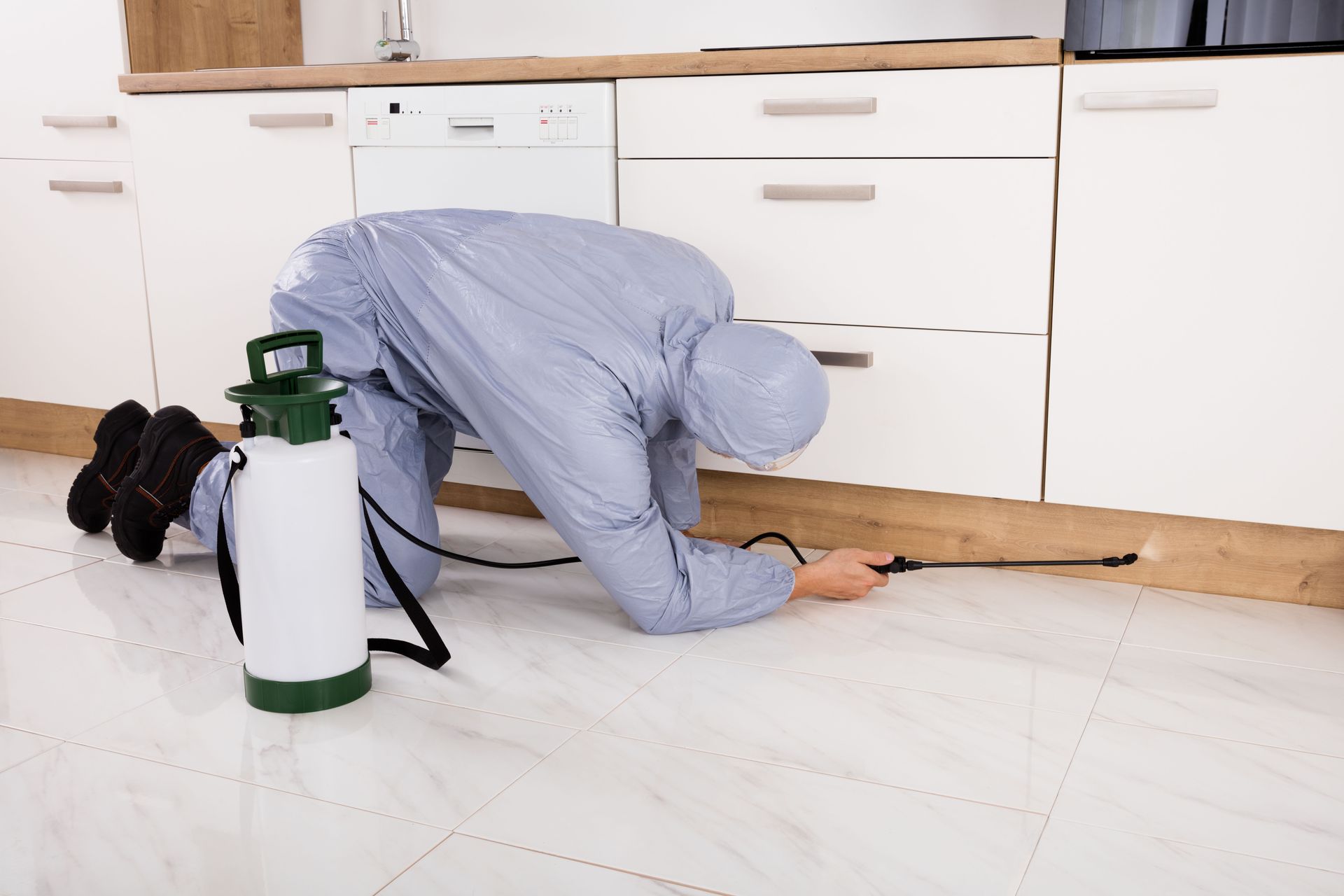
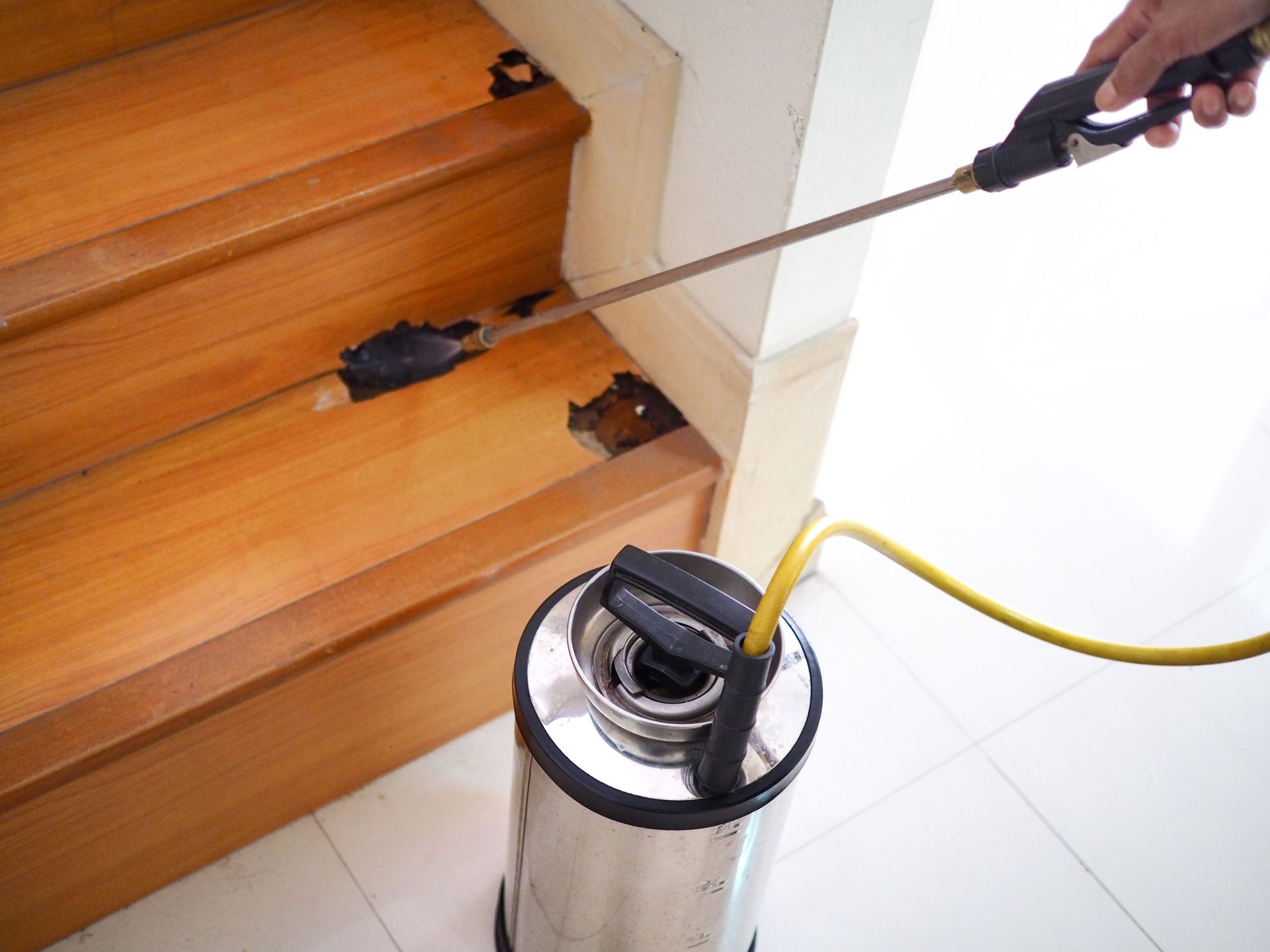
Share On: